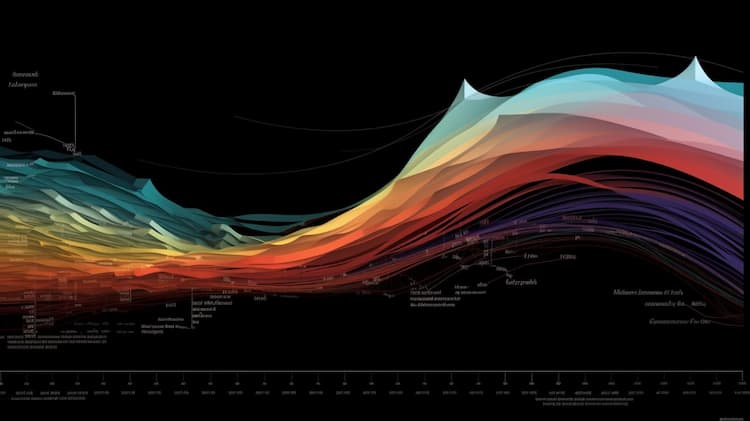
What is the RJI ETF ?
Unraveling the World of ETFs: Discovering the RJI ETF. Learn about this enigmatic investment vehicle that has caught the attention of investors worldwide. Delve into the potential benefits and unique characteristics of the RJI ETF.


